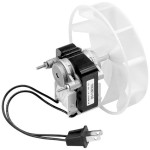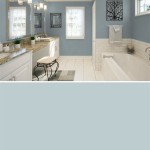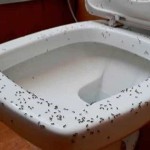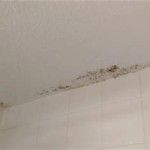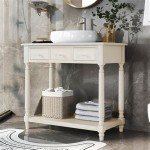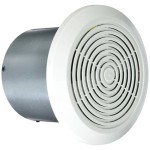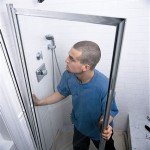How to Effectively Eradicate Mold in Bathroom Walls
Mold infestation in bathroom walls, a common nuisance, poses both health hazards and aesthetic concerns. If not addressed promptly, it can lead to respiratory issues, allergic reactions, and an unsightly appearance. Fortunately, there are effective methods to combat this problem and restore your bathroom to its pristine condition.
Identifying Mold Presence
The first step in tackling mold is to identify its presence. Look for visible signs such as dark spots or discoloration on the walls. Mold often thrives in areas with high humidity and poor ventilation, such as around the shower or bathtub.
Determining the Extent of Mold Growth
Once mold is confirmed, determine the extent of its growth. Remove any visible mold with a damp cloth or sponge. If the mold persists after cleaning or appears to penetrate deep into the walls, it may be necessary to involve a professional.
Eradicating Mold with Cleaning Solutions
For minor mold growth, consider using household cleaning solutions like bleach or vinegar. Bleach is an effective mold-killing agent, but it is harsh and should be used in well-ventilated areas. Vinegar, on the other hand, is milder and has antibacterial properties.
To use bleach, dilute one part bleach to four parts water and apply it to the moldy area. Allow it to sit for 15-20 minutes before wiping it clean. For vinegar, dilute one part vinegar to four parts water and spray it directly onto the mold. Leave it on for an hour before wiping it away.
Preventing Future Mold Growth
Once the mold is removed, it is crucial to take steps to prevent its recurrence. Improve ventilation in the bathroom by opening windows or installing an exhaust fan. Keep the room dry by wiping down surfaces after use and using a dehumidifier if necessary.
Regularly clean the bathroom with mold-resistant products and inspect it for any signs of moisture or mold growth. Promptly address any leaks or moisture issues to prevent mold from establishing itself.
Professional Mold Remediation
In cases where mold growth is severe or has penetrated deep into the walls, professional mold remediation may be required. Trained technicians can use specialized equipment and techniques to safely and effectively remove mold, including extracting affected areas and repairing water damage.
Health Considerations
Mold exposure can cause a variety of health problems, including respiratory issues such as coughing, wheezing, and asthma attacks. It can also trigger allergic reactions, eye irritation, headaches, and skin rashes. If you experience any health symptoms related to mold exposure, seek medical attention promptly.
Conclusion
Getting rid of mold in bathroom walls requires a comprehensive approach involving cleaning, prevention, and addressing moisture issues. By following the steps outlined in this article, you can effectively eliminate mold infestation, restore your bathroom's appearance, and safeguard your health.
Remember, early detection and prompt action are key to preventing mold from becoming a significant problem. Regular cleaning, proper ventilation, and addressing any moisture or water damage can significantly reduce the likelihood of mold growth in your bathroom.

How To Get Rid Of Mold In The Shower On Bathroom Walls Clorox

How To Remove Mold From Walls True Value

How Do You Get Rid Of Mould On Bathroom Walls Igloo Surfaces

How To Get Rid Of Mold In Bathroom 2024 Tips From Puroclean

How To Get Rid Of Mold On Bathroom Walls Family Handyman

Bathroom Ceiling Mold Removal When To Clean Call Branch Environmental

How To Get Rid Of Black Mold In Bathrooms

The Ultimate Guide On How To Clean And Get Rid Of Mold Pro Housekeepers

The Ultimate Guide On How To Clean And Get Rid Of Mold Pro Housekeepers

Kill Bathroom Mould Without Bleach Electrodry Blogs
